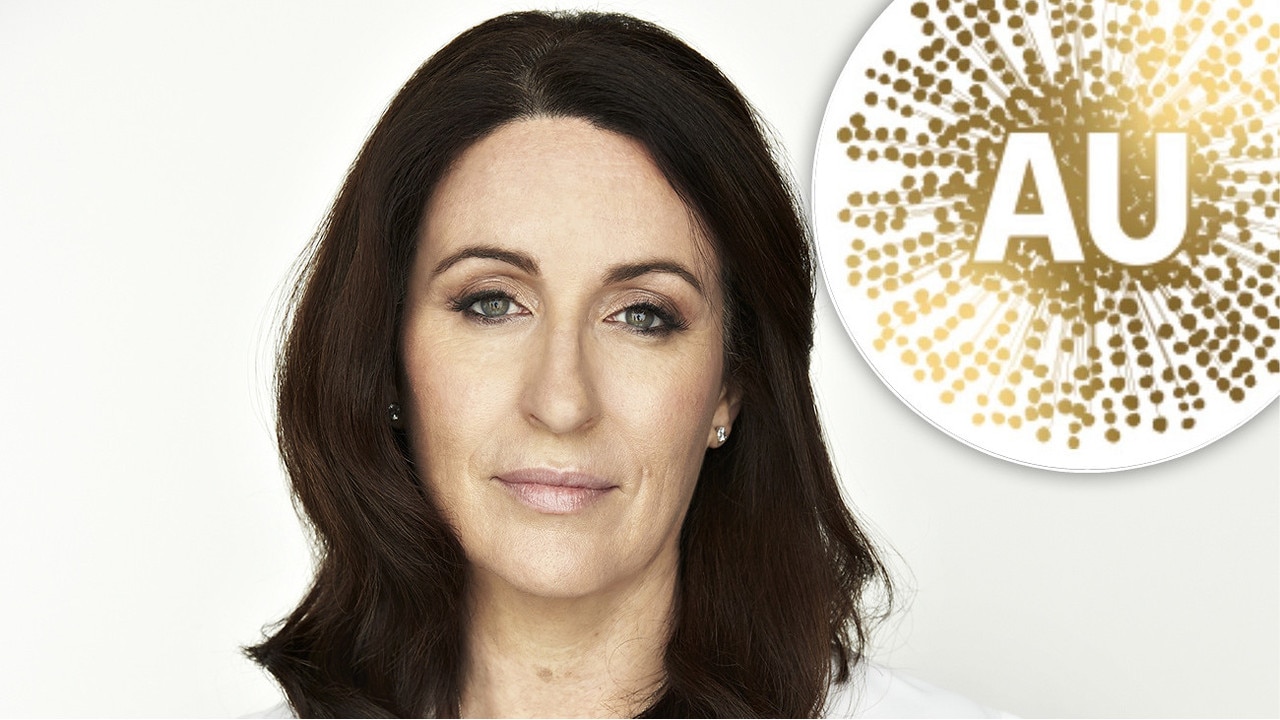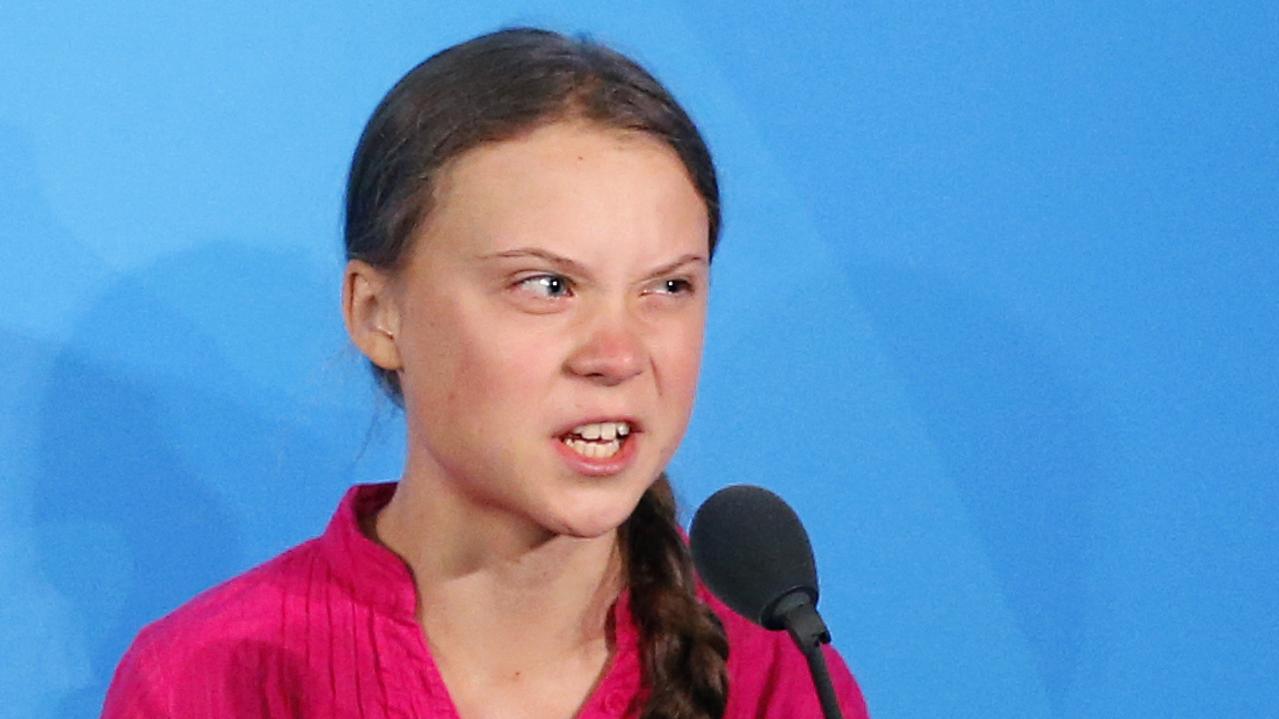Sponsors take note: Our female athletes are kicking major goals
WE’RE yet to see our top female athletes in cocaine scandals or publicly urinating like some heavily sponsored male players. So where’s their money, asks Selina Steele.
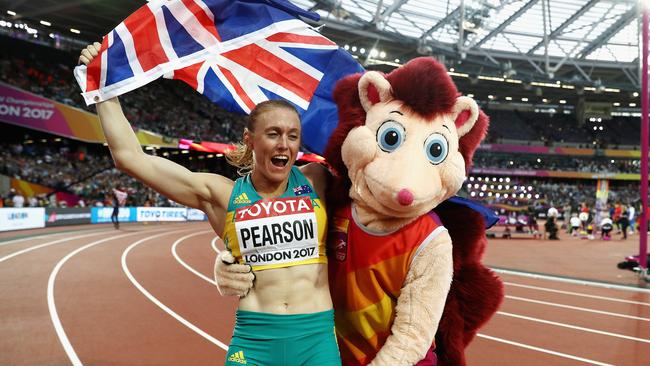
Rendezview
Don't miss out on the headlines from Rendezview. Followed categories will be added to My News.
SERIOUSLY what is it going to take for the big corporates to show them the money?
By them I mean our female athletes.
I mean big boofy blokes don’t seem to be worth the money — do they?
Just ask Infinity Group Australia.
Months after the firm pulled their sponsorship from the Sydney Roosters, the Tricolours have launched legal action against them.
It all stems back to this year’s cocaine scandal.
Infinity also pulled its jersey sponsorship of the Sharks after chairman Damian Keogh’s cocaine possession.
The two deals were worth more than $1 million.
Which brings me to our female athletes — and the opportunity that exists for big corporates in the women’s sport space.
Female athletes continually punch above their weight in international competition, take a bow Sally Pearson and Dani Stevens.
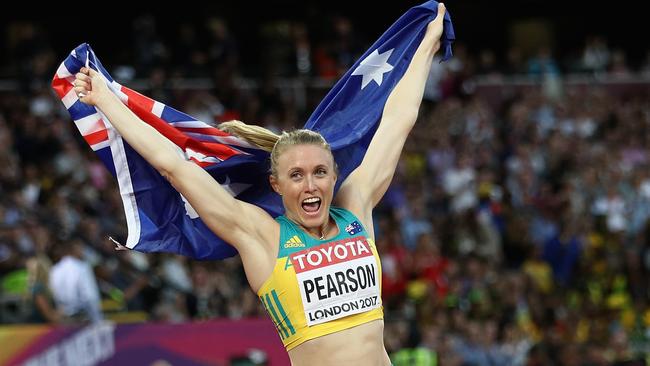
And have done for decades.
But in this new world order of women’s sport, our female athletes have become more visible in the domestic market most noticeably in the AFLW, WBBL or Super Netball.
And thank goodness.
It was only a few years ago, 2013, that Ellyse Perry and Sally Pearson had been named as among the 50 most marketable athletes in the world.
Only for the pair to be overlooked as Rebel Sport poster girls in favour of ... Michael Clarke’s wife.
That’s right, a WAG.
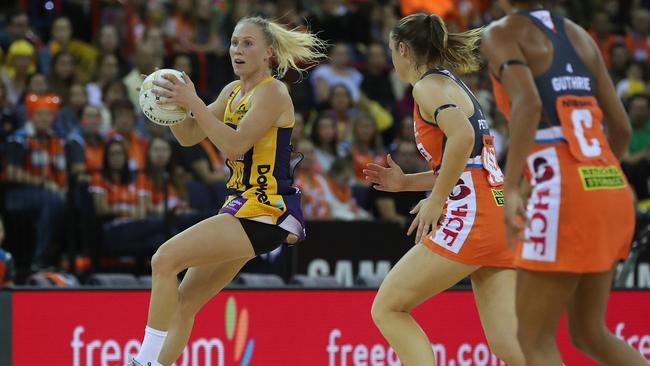
Since then Rebel has lifted its commitment and support for women’s sport, namely the WBBL, and competitions like the AFLW and Super Netball now have sponsors — as do Perry and Pearson.
But some individual clubs, and our elite female athletes, do not.
If it’s about eyeballs the AFLW proved there is an appetite to watch women’s sport — live and on television.
Grand final crowd of 15,610 took the season’s total attendance to 196,550 across 29 matches and it also attracted a peak TV audience of 884,000 on Channel Seven (more than the opening episode of the latest season of the Bachelor featuring Matty J), along with a further peak of 63,000 on Fox Footy.
In the WBBL had more 121,000 fans attend last summer with an average TV audience of 240,000 while the women’s T20 internationals averaged a touch over 200,000 per match on TV.
Clearly there is a growing appetite to watch women’s sport.
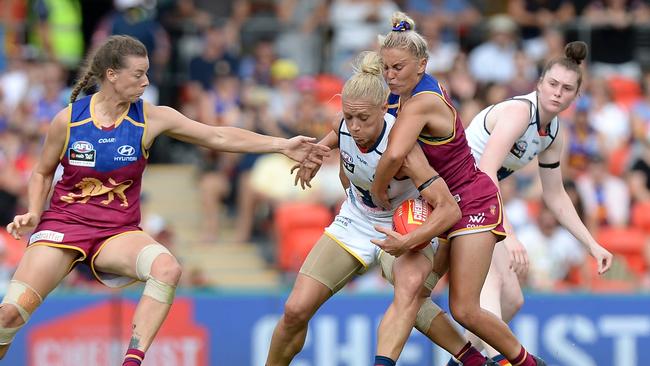
The governing bodies of certain sports, cricket and the AFL and to a lesser extent rugby, have recognised this as evidenced by better pay deals, increased marketing and extended playing opportunities.
But going back to my original point of the Roosters and Infinity — we are yet to see our top female athletes being caught in a cocaine scandal.
Or in a barroom brawl.
Or being caught publicly urinating.
Maybe Infinity would have profited more from following the lead of Westfield who saw an opportunity with the Matildas.
But the good news for Infinity is there are plenty of opportunities out there in the women’s sporting space
Originally published as Sponsors take note: Our female athletes are kicking major goals

